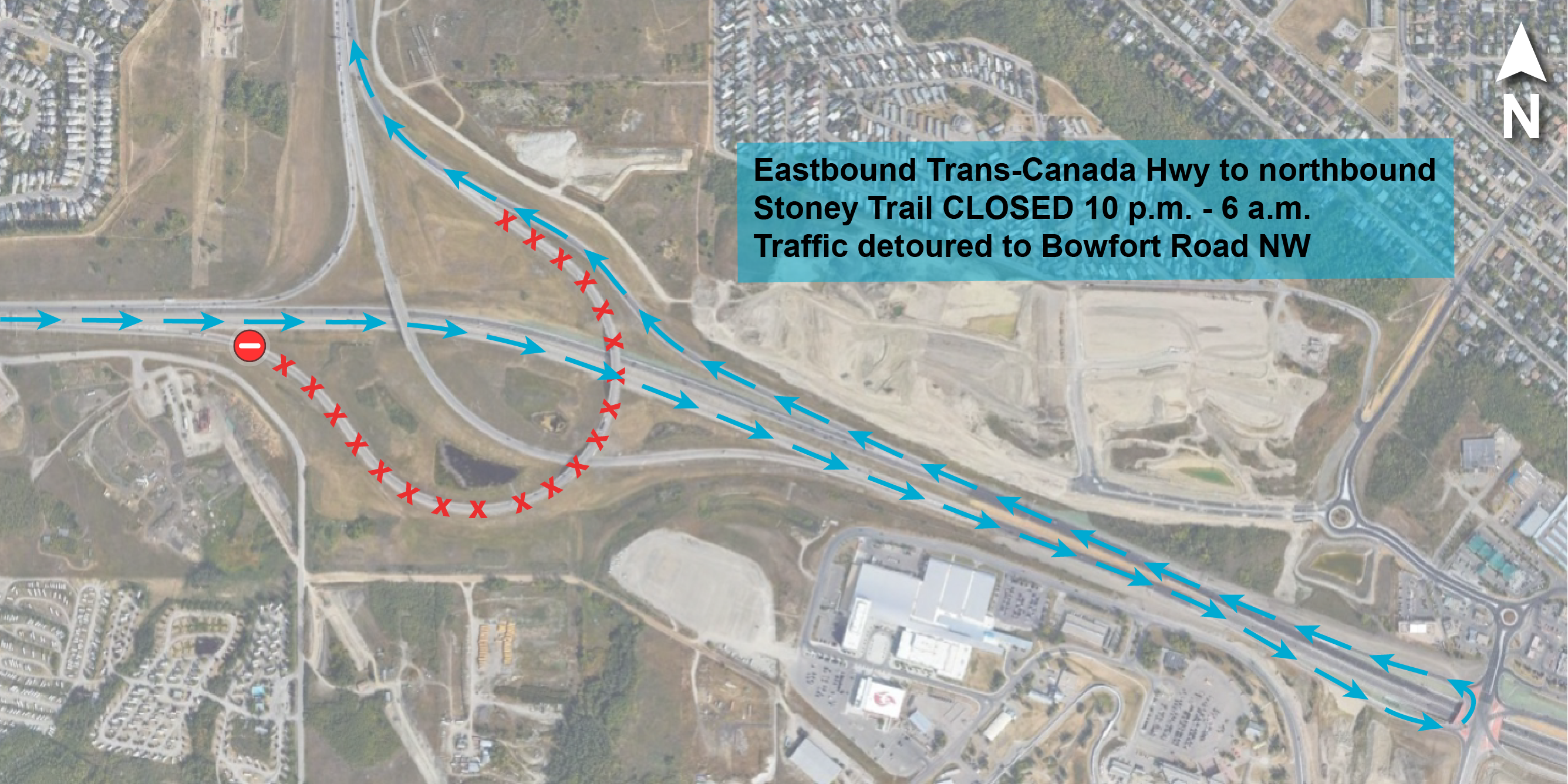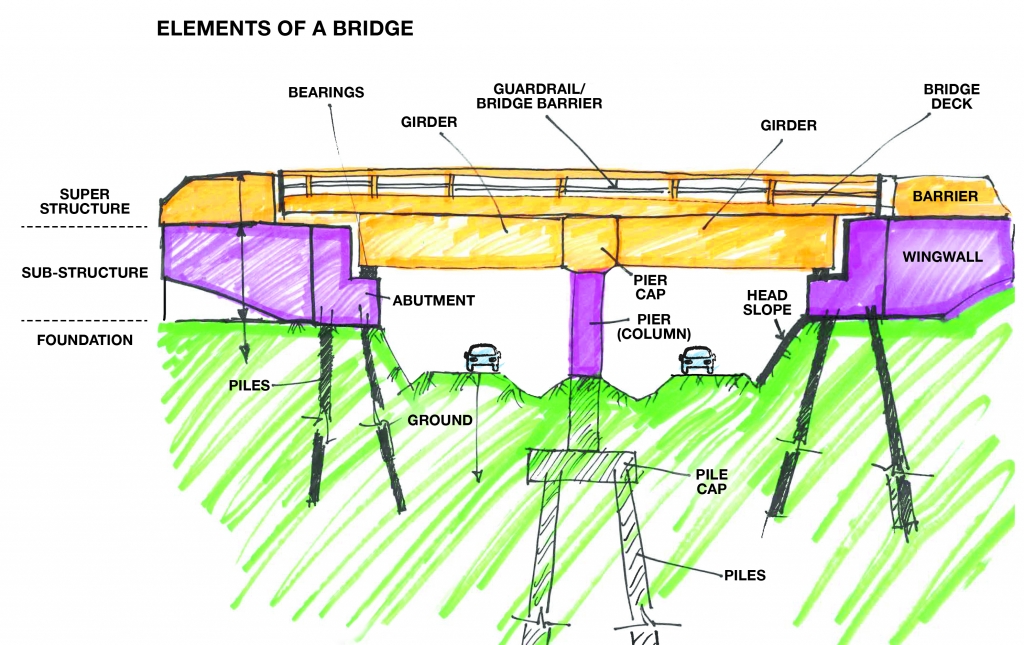Project Update – October 26, 2020
What’s Happening in Traffic This Week
Lane closures on Old Banff Coach Road S.W. West of Cougar Ridge
In the coming weeks, motorists can expect lane closures along Old Banff Coach Road S.W. as work continues on the detour road. Please look for electronic signage for notifications.
Trans-Canada Highway Reduced to One Lane
Later this week, there will be right lane closures both eastbound and westbound along the Trans-Canada Highway.
Eastbound Trans-Canada Highway exit to Stoney Trail detoured to Bowfort Road N.W.
For several nights this week, between 10 p.m. and 6 a.m., traffic exiting from eastbound Trans-Canada Highway to northbound Stoney Trail will be rerouted to Bowfort Road N.W.
All work is weather dependent. Please check 511 Alberta and The City of Calgary’s traffic information map for up-to-date information on traffic detours and speed reductions.
We appreciate your patience during construction.

Lean on Me
Bridge pier caps, also known as headstocks, function to uniformly transfer the incredible loads from the super structure (girders and deck) onto the sub-structure (supporting piers and foundation).
We the North
Long winters and short days make construction in Calgary challenging. As the snow flies and cold weather sets in, many factors need to be considered for crews to remain productive during the winter months. Slippery conditions, snow covering, frozen ground, cold hands and equipment breakdowns are just a few of the obstacles to construction in winter conditions.
Ramp Paving South of Valley Meadow Close N.W.
Against the odds, crews have managed to pave the slip ramp from westbound Trans-Canada Highway to Valley Ridge Boulevard N.W. This ramp is an important part of detour staging to shift traffic off of the existing Trans-Canada Highway lanes so the new bridges can be constructed.
Burying Powerlines Under the Trans-Canada
Some overhead powerlines along the Trans-Canada Highway are being relocated underground to accommodate the new infrastructure. The powerlines need to cross the highway, so trenchless construction – creating an underground tunnel – is being used to avoid shutting down and digging up the road.
Guided pipe ramming is a form of trenchless construction that uses a pilot tube to guide the alignment, and a pneumatic hammer (compressed air) to push a steel casing pipe into the soil.
Once the casing pipe is in place, it will safely house the utility cables that are pulled through and connected to the rest of the underground network.

17 Avenue S.W. – Preparing to Build a Haul Road
As crews prepare to build a haul road near the 17 Avenue S.W. interchange they take steps to protect the environment and manage drainage. The existing haul road in this area conflicts with a future bridge abutment so a new section of haul road is required.

















